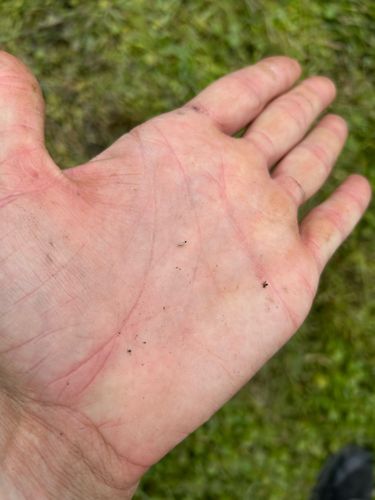Fungus Gnat
Scientific Name: Family Sciaridae / Mycetophilidae (e.g., Bradysia species)
Order & Family: Diptera (True Flies), Sciaridae (Dark-winged Fungus Gnats) or Mycetophilidae (Fungus Gnats)
Size: Adults are typically 1/8 to 1/4 inch (2-5 mm) in length.

Natural Habitat
Fungus gnats thrive in moist, humid environments rich in decaying organic matter. They are commonly found around indoor potted plants, greenhouses, mushroom farms, and in outdoor gardens with heavy mulch or compost.
Diet & Feeding
In their larval stage, fungus gnats primarily feed on fungi and decaying organic matter in the soil. They can also feed on tender plant roots, especially in conditions of overwatering. Adult fungus gnats are short-lived and generally do not feed, focusing on reproduction.
Behavior Patterns
Fungus gnats are attracted to moist environments and decaying organic matter. Adults are poor fliers and tend to stay close to potted plants or other breeding sites. Larvae develop in the soil, feeding on fungi and roots. The life cycle from egg to adult can be as short as 17 days, depending on environmental conditions.
Risks & Benefits
Potential risks include damage to plant roots, especially seedlings and young plants, as larvae can chew on them, leading to wilting or stunted growth. They are generally harmless to humans but can be a nuisance. Benefits are minimal, though they can contribute to the decomposition of organic matter.
Identified on: 8/18/2025